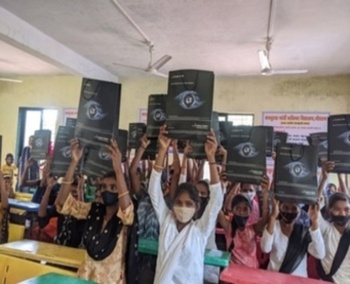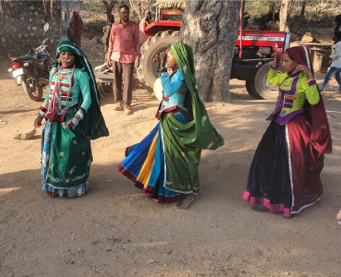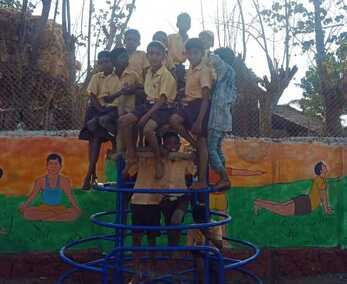Top 5 Things That Change With Rural Electrification
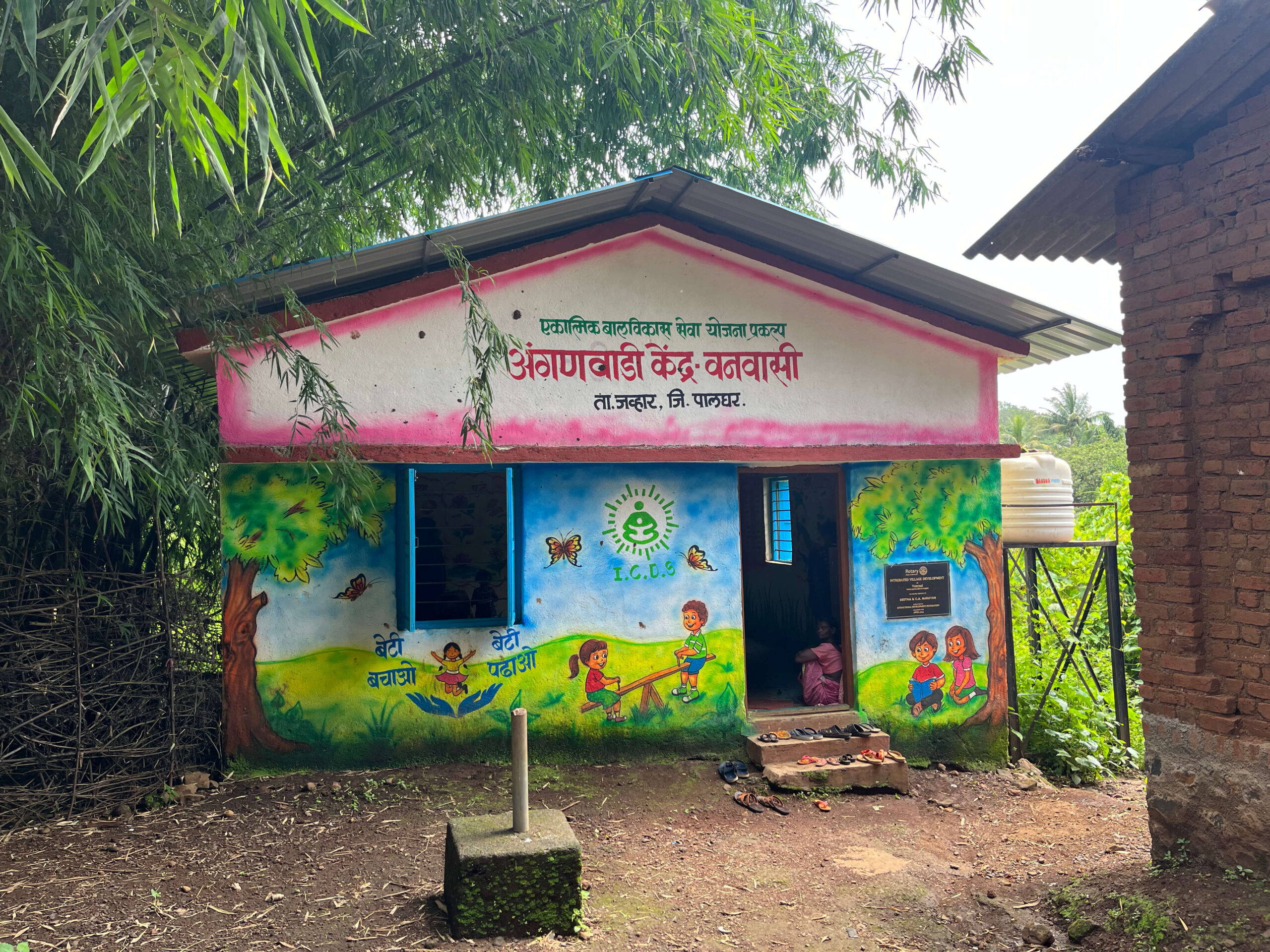
The benefits of electricity in rural areas are many. From improved medical care in villages to better education, everything is possible with rural electrification.
According to the Government of India, rural electrification rose from 39% in 1993 to over 95% in 2021. However, access alone doesn’t guarantee impact. True transformation happens when power is reliable, renewable, and purposefully integrated into community development. That’s the space where Project Chirag steps in. In the year 2022-23 itself, it positively impacted 17,919 lives with sustainable solar interventions.
So, what exactly changes when a village gets electricity? The village development through electricity is massive. Let’s explore the top five things that change.
Electricity Improves Rural Education, Making it Accessible and Engaging
When a classroom has access to electricity, learning never stops – No matter the time or the season. Let’s take you through some stories of schools that flourished after they received a reliable electricity supply.
Haite Memorial School in Mualdam, Assam
Located 7 hours from Haflong on a non-motorable road, the school serves 201 children from 10 surrounding villages. In 2022, Project Chirag installed a 5 kW hybrid solar system at the school. This enabled:
- Fully lit classrooms even on dark, cloudy days
- Regular computer classes
- Use of solar-charged torches during floods when villages lost grid power
Parents now attend adult e-literacy classes, transforming the school into a true beacon of progress.
Chatrapati Kanishth Mahavidyalaya in Vikramgad
The school served over 200 Adivasi students in dim classrooms with broken toilets and no tech. Through its Integrated School Development Program, Project Chirag provided:
- Solar electrification for classrooms and corridors
- Tablet distribution for e-learning
- Smart TVs and digital tools
- Refurbishment of toilet blocks, including a new unit with a bathing area ● Menstrual health training for adolescent girls
Better school facilities with electricity led to a lot of positive changes. Absenteeism among girls dropped significantly, digital literacy increased, and students reported more interest in higher education.
As Sunanda Ravate, a student there, puts it:
“With digital education and access to tablets, we can efficiently learn and gain practical experience with digital technology. Solar power has completely changed my perspective on education.”
Clean Water and Dignified Sanitation Unlock Health and Hope
Access to water and sanitation isn’t just about infrastructure. It’s about dignity, time, and basic health. In many villages, daily survival once meant long walks for water and makeshift sanitation solutions. Such was also the case with Waghtapada.
Waghatpada Village
The village is just 2.5 hours from Mumbai, yet was once light years away in terms of access to safe water and sanitation. Village development through electricity access was possible. Waghatpada is a remarkable example of that.
Earlier, women had to walk long distances daily to collect water. Some households had toilet cubicles but no usable water, rendering sanitation facilities ineffective. Many villagers dug holes beside the river bed and waited for the water to filter naturally. When wells would run dry, and people had no choice but to drink muddy, stagnant water shared with livestock. Open defecation and waterborne diseases were common.
Through the Integrated Village Development Program, Project Chirag:
- Installed household water filters
- Built a tertiary pipeline system with solar-powered pumping to deliver clean water to every home
- Ensured a reliable water supply for domestic use.
- Constructed community toilets for households without private units
Villagers now have easy access to clean water that women of the house have spent hours fetching. Instead, they focus on education, income generation, and family care. The presence of toilets and clean water has reduced disease and improved hygiene.
Economic Development Through Power-Agriculture Becomes Sustainable and Profitable
In many rural areas, farmers still depend on rain-fed agriculture. But with solar-powered irrigation systems, that dependency shifts to opportunity.
Pingeman Village (Palghar)
In the Pingeman Village Project, Chirag installed:
- A 7.5 hp solar-powered water pump for irrigation
- A 3.5 kW solar system to power the village school, computer lab, water filter, and streetlights
- Solar cookers and gender-sensitive sanitation facilities
This integrated village development program reached 450 people, leading to increased cropping intensity, better school attendance, and a reduction in seasonal migration. The village now runs a functional computer lab and uses clean cooking energy.
In Patilpada, farmer Parshuram Tabale shared how solar irrigation allowed him to cultivate Mogra year-round, quadrupling his income and eliminating the need to migrate. His story is echoed by many of the 30 farming families now earning a sustainable livelihood through Project Chirag’s interventions.
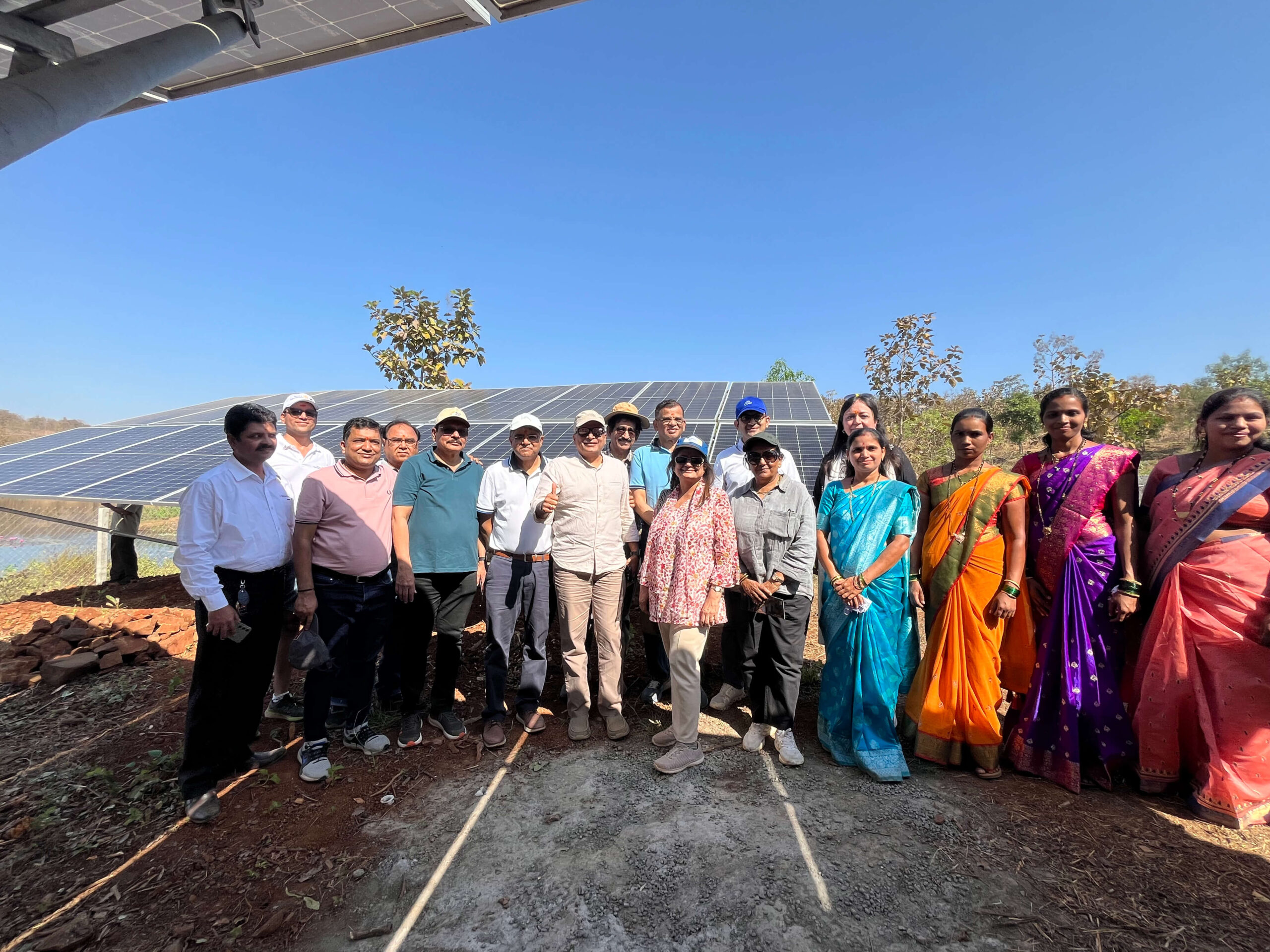

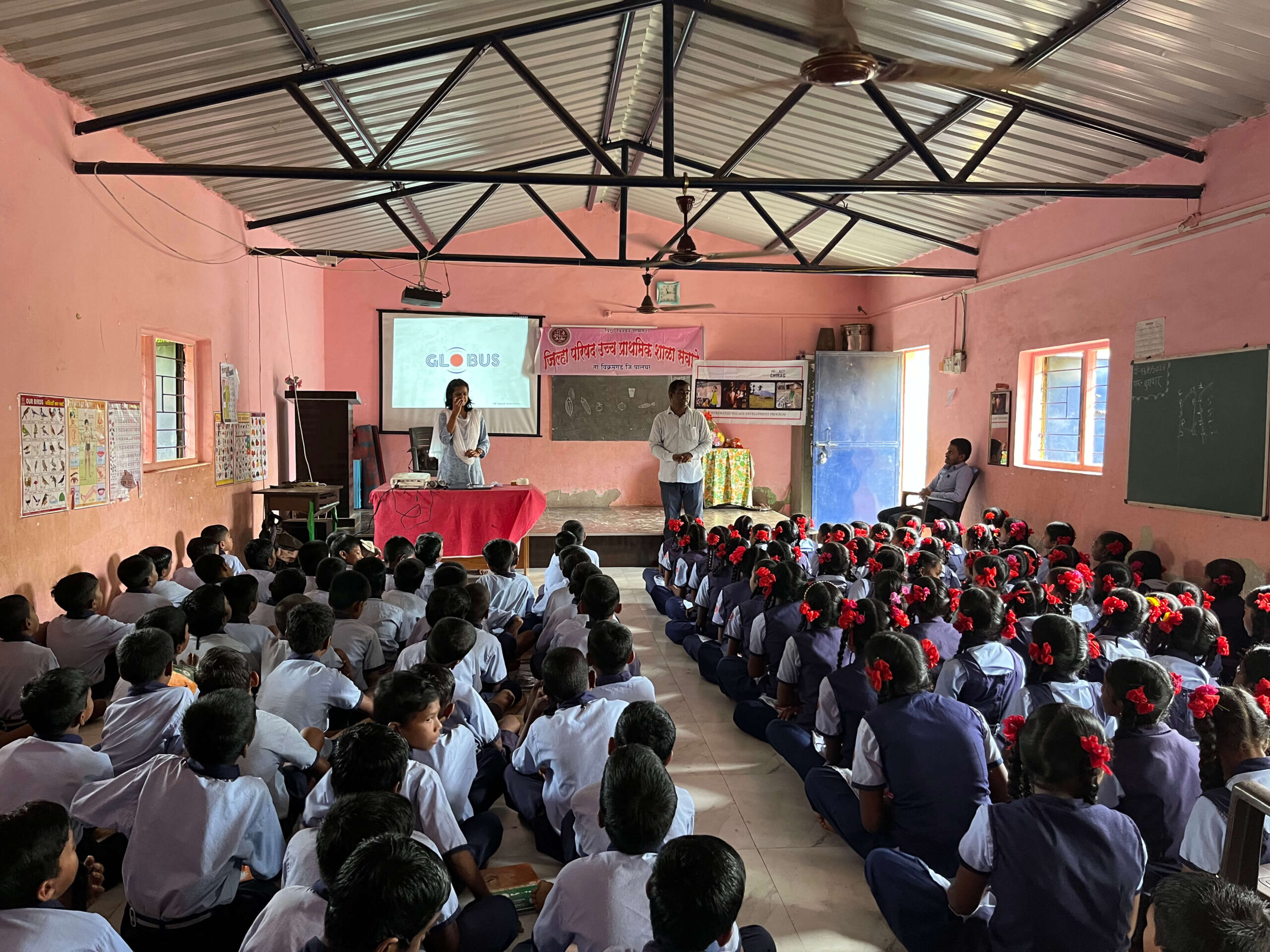
Better School Facilities with Electricity Give Children a Fair Start
Electricity lights up futures.
Karjat
Chirag Rural Development Foundation, with support from Alleima, identified 20 Anganwadi centres in Karjat for a comprehensive intervention. This involved solar electrification, resource provision, and capacity building. As a result:
- Time spent learning daily increased
- Children above age 6 transitioned confidently into formal schools
- Centres became community gathering hubs for women and caregivers
The digital curriculum also helped in developing fine motor skills and pre-school readiness, benefiting hundreds of young children.
Women and Communities Thrive With Rural Electrification
When villages are electrified, women gain time, safety, and economic opportunity. With solar-powered street lights, walking safely after dark becomes possible. With electricity at home, chores take less time, enabling women to explore other avenues.
Ghodipada and Mukundpada
Project Chirag installed:
- 3 solar-powered water pumps
- Household filtration units
- Concrete tanks for water storage
- Solar power for the school and the ICDS centre
Here, women collectively began group farming to grow vegetables like methi and mooli, reducing the cost of living and increasing income. Clean drinking water has reduced waterborne illnesses significantly. Lighting helped students study longer and villagers move safely after dark. Combined, these changes positively affected over 500 lives.
Villagers contributed through shramdaan (voluntary labour) and bhudaan (land donation), showing community ownership.
Padharwadi, a village in rural Maharashtra
Women used to walk kilometres daily to collect water, often with their daughters. This led to absenteeism from school and reinforced cycles of poverty and early marriage. In September 2022, Project Chirag implemented the Integrated Village Development Program, installing solar-powered water pumps that drew water from perennial sources to central village locations. As a result:
- Girls began attending school regularly.
- Women became financially contributing members of their households
- Community members initiated precision farming and skilling programs
This intervention enhanced day-to-day convenience and gave women a say in household decisions, helping dissolve prevailing gender biases.
Village Development Through Electricity: Looking at the Numbers
- India is the 3rd largest producer of electricity globally
- By 2021, 99.6% of Indian households had electricity access, up from 60% in 2000.
- By 2022, Project Chirag had worked across 622 villages, impacting 132,957 lives.
- In 2022–23, Project Chirag lit up 17,919 more lives through solar power.
- 243 kW of solar power was generated in 2022-23 alone.
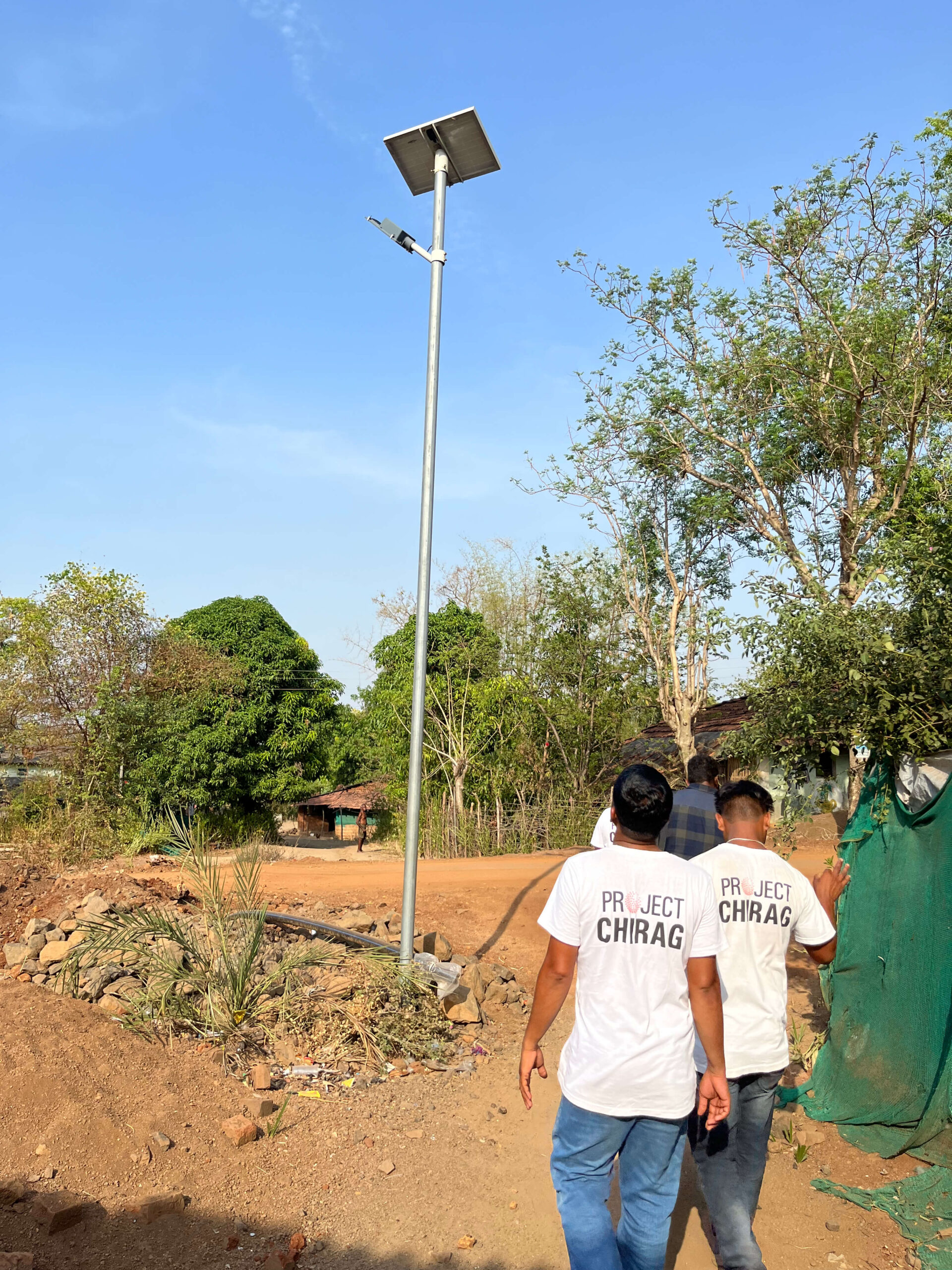
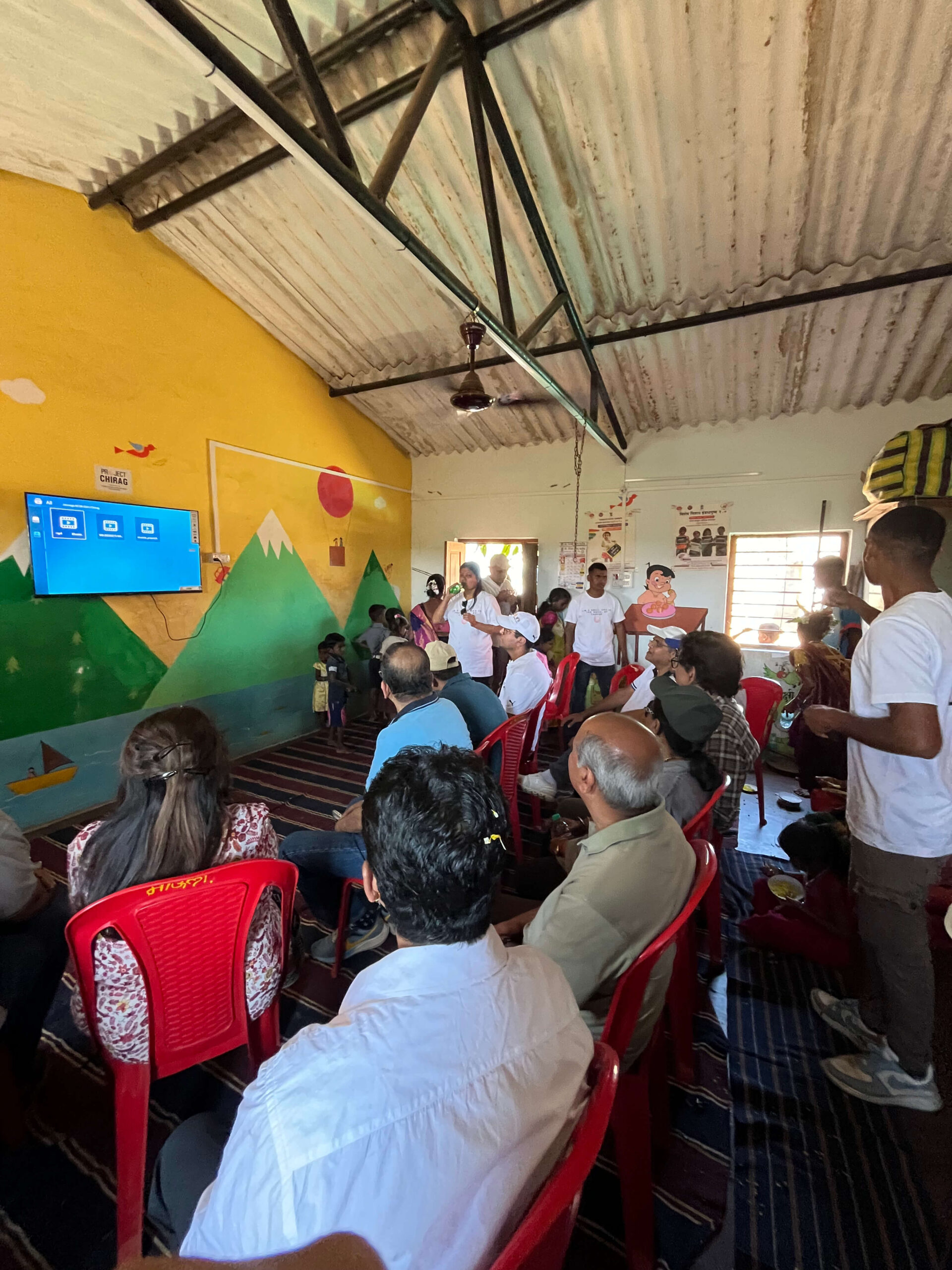
Better Living Conditions with Electricity: The Road Ahead
Electricity is about illuminating possibilities. With every solar panel installed, Project Chirag is building the foundation for a self-reliant, dignified rural India. But the journey isn’t over.
By supporting community-led, sustainable interventions, strengthening public-private partnerships, and investing in affordable solar technology, we can bring every village into the light. Your donation for rural development supports the cause and furthers our mission.
